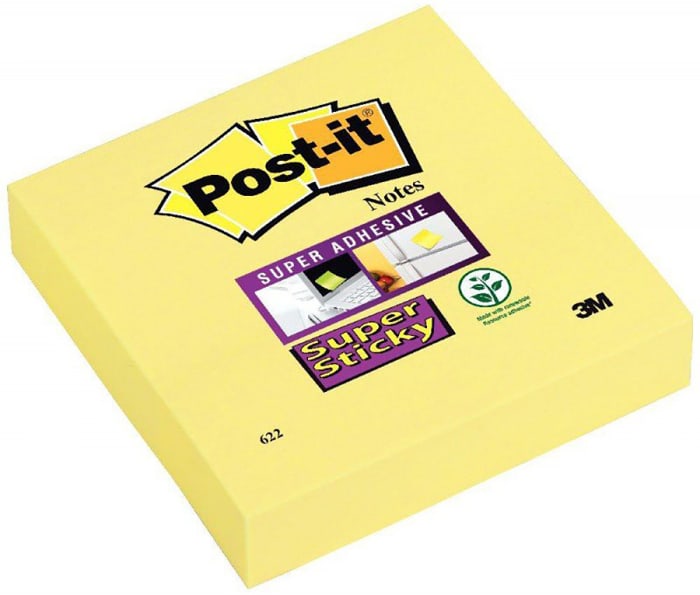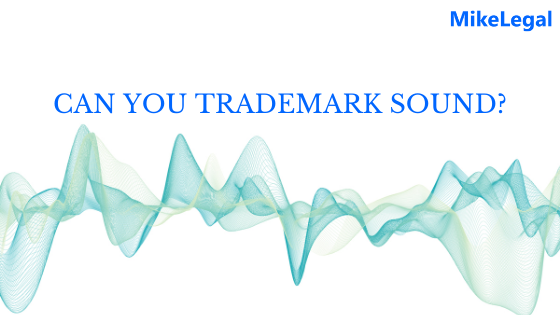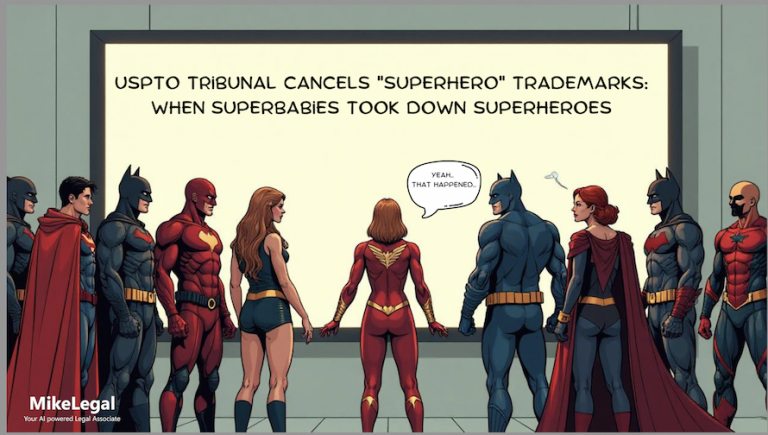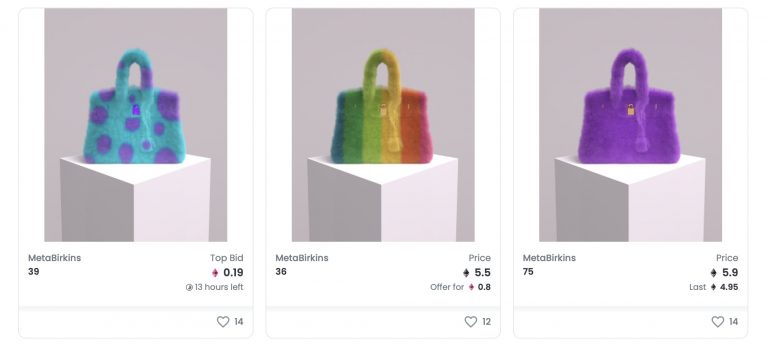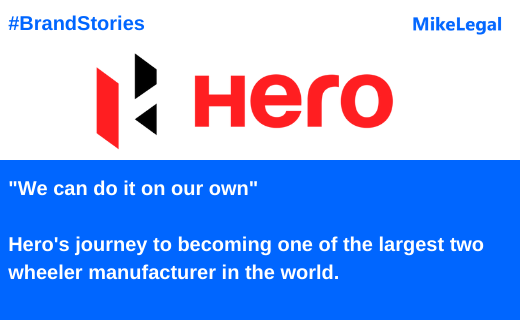Colour me yellow! Trademark on Colours
The trademark, copyright, and patent are the three most popular applications under the umbrella of intellectual property law. Trademarks are used to protect anything which helps them distinguish themselves from their competitor. This could be “any phrase, name, symbol, or device identify and distinguish” a company’s goods or service from its competitors. Brands and colour are linked together as colour offers a distinct method of conveying the message to people. It offers people to remember the company by its colour as colours are easy to remember. For many years, a colour did not qualify as a trademark on its own.
The US Patent and Trademark Office rejected attempts to trademark a single colour, despite the fact that firms have successfully registered colour combinations. In the farm equipment industry, John Deere, for example, was not allowed to claim the colour green. Researchers had given several arguments against issuing single colour trademarks:
- Colour depletion theory: Only around 1,867 solid Pantone colours exist; if brands all claim a colour, we’ll eventually run out.
- Shade confusion theory: It would be hard for the consumer to determine the difference between slight shade variations of colours claimed by brands.
Owens-Corning became the first corporation in American history to successfully trademark a hue in 1985, after a five-year court fight. It spent Millions of Dollars in its advertising and reaffirmed its pink colour as its own, thus strengthening its goodwill in the market.
The Postit Yellow:
Manufacturing giant 3M Corporation has trademarked the colour canary yellow used on its famous Post-It Notes. 3M owns a non-traditional single-colour trademark and federal trademark registration for the colour canary yellow “used over the entire surface” of “stationery notes containing adhesive on one side for attachment to surfaces.” In case you’re wondering, at least one dictionary defines “canary yellow” as “a light yellow.” Other 3M trademark registrations related to the Post-It brand refer more broadly to “yellow,” and are not limited to “canary yellow. They even sued Microsoft for infringement when it created a digital version of a sticky note product in the same colour.
Eventually over the years more and more companies jumped on the trend and tried protecting their colours. Many brands have trademarked colours that may appear in conjunction with a logo (think of McDonald’s red and yellow, or Facebook’s blue). So, if you’re thinking about making your entire brand one solid colour, go ahead and try your luck. Just don’t pick YELLOW!
